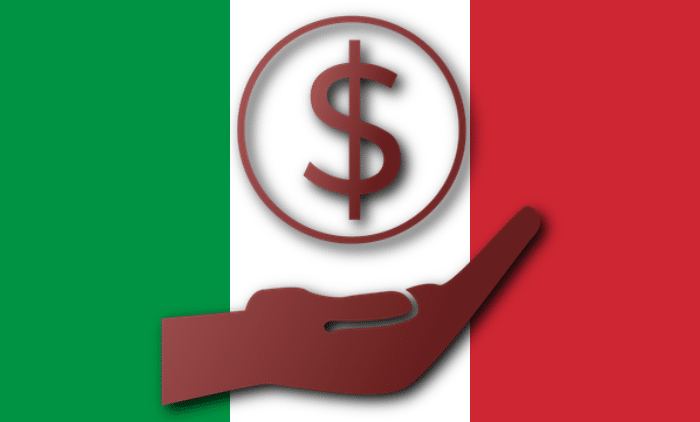Bills, energy poverty drops thanks to bonuses and subsidies. But the middle class pays the bill. Calabria at the top
[ad_1]
MILAN – 2022 horribilis for that matter the trend in energy costs it has left heavy repercussions especially for the middle class, with an increase in energy poverty which among the most vulnerable has instead been averted thanks to the important subsidies put in place by the government. Almost 17 billion euros which have played a decisive role in containing energy poverty among Italian families: a situation that concerns 2 million households, 7.7% of the total. A decrease of 0.8 points compared to the previous year, or -189 thousand families and “one of the lowest results recorded in the last seven years”.
The effect of inflation on household spending: consumption falls but expenditure rises
edited by the Economics editorial team
This is what emerged from the study “Evolution of energy poverty in Italy” carried out byItalian Observatory on Energy Poverty (OIPE) and presented today in Rome, in collaboration with Energy Bank Foundationwhich supports families in situations of economic and social vulnerability.
Vulnerable families were better protected
According to the OIPE study, all families have been affected by the increase in energy prices but in different ways: in particular, vulnerable families, who have benefited from support and price containment measures, have been able to suffer the increases less, difference between families with an average spending capacity. On the other hand, the “blow” that came from the bills of that year was significant, with an increase that the study calculates at 500 euros compared to the previous year, which pushed the average annual expenditure for electricity and heating by Italian families to 1,915 euros in 2022. A +32%, according to the OIPE analysis, against consumer prices that grew by 50% and 34.7%, respectively for electricity and gas. If we only take heating into consideration, however, spending increased by 29%, also moderated by the general increase in temperatures.
The revolt of the middle class crushed by inflation and taxes: “Neglected by politics, now support pensions and salaries”
by Giovanna Vitale

“The increase in prices has not affected all families in the same way – we read in the study – In particular, all families have seen an increase in the incidence of energy expenditure on the total but the poorest families, who in addition to the generalized measures of price containment have benefited from targeted transfers, have suffered a lower growth in spending compared to families with overall spending around the median”. In fact, families in energy poverty have decreased in the first two tenths of the distribution of equivalent spending (-220 thousand families) while those belonging to the next three-tenths of the distribution increased (+45 thousand). Essentially, those who paid the heaviest bill were the families immediately outside the aid radar.

“The reduction of energy poverty in 2022 must be interpreted in a context of huge subsidies granted by the Government and transitional interventions on taxation and tariff components of energy products. It is not a sustainable policy in the medium term and it is necessary to organize a strategy to combat the phenomenon as soon as possible”, commented Paola Valbonesi, president of OIPE. Now prices are significantly falling, as evidenced by the trend of the gas with prices plummeting by 50% in the last four months. However, we cannot lower our guard: “Despite the prices of energy supplies falling in 2023, the attention of institutions and civil society must necessarily remain high to consolidate the results obtained”, added Roberto Tasca, president of the Energy Bank.

Calabria at the top for energy poverty
Remaining with the data of the study, a territorial detail also emerges with Calabria emerging as the region with the highest percentage of families in energy poverty. The OIPE also reports a decline in the number of families in energy poverty in the Islands and in the Centre, a stable level in the North and a higher concentration in small towns and suburban areas. At a regional level, Tuscany and the Marche record the lowest percentage with 4.5%, Calabria the highest, with 22.4%. The latter is also the region that records the greatest increase (+5.7 percentage points), compared to a reduction or substantial stability in the other Italian regions.
[ad_2]
Source link



